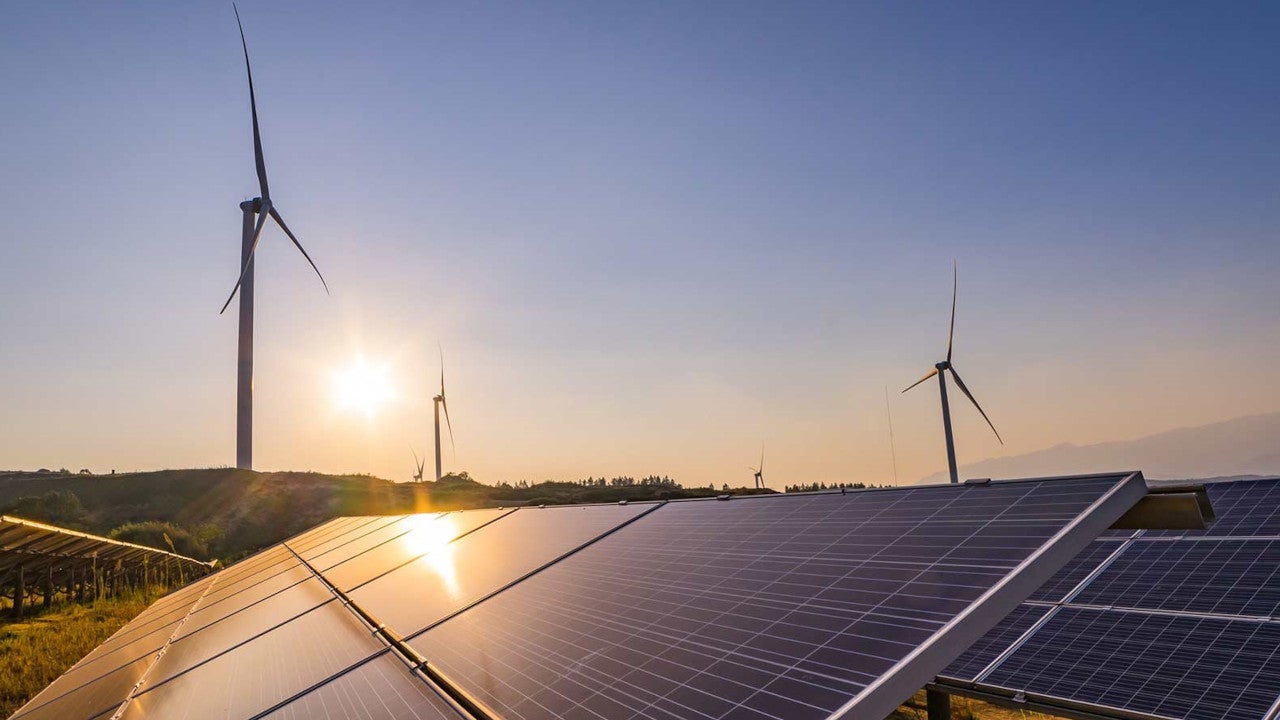
China’s installed capacity of wind and solar power reached 820GW at the end of April, accounting for 31% of the country’s total installed power generation capacity, China Electric Power News reports.
According to the state-run industry newspaper, of the 31% combined renewables capacity, 14% comes from wind power and 17% from solar. Between January and April this year, newly installed wind and solar power in China reached 62.5GW, accounting for 74% of all newly installed power generation capacity.
Of the newly installed capacity this year, 14.2GW came from wind power, with 48GW coming from solar power, accounting for 16.8% and 57.2% of all newly installed power generation, respectively. This represents a year-on-year increase in renewables installation of 11.5%.
However, this increase in China’s renewables output is largely offset by the country’s continued relationship with coal. Last month, a Global Energy Monitor (GEM) survey found that China’s planned coal capacity increase of 126GW far offset coal reductions from the rest of the world combined, with more than half of all newly commissioned coal capacity increases coming from plants in China.
In its report, GEM said that to meet global climate targets and maintain the 1.5°C global warming scenario set out in the Paris Agreement, the retirement of coal power plants must increase by four-and-a half-times the current global rate.
See Also:
The country has also increased its imports of coal this year. In March, imports were up 151% from the same period in 2022. For this year’s first quarter, China’s coal imports were almost double that of 2022’s first quarter, largely owing to the lifting of a years-long trade ban with Australia.
How well do you really know your competitors?
Access the most comprehensive Company Profiles on the market, powered by GlobalData. Save hours of research. Gain competitive edge.

Thank you!
Your download email will arrive shortly
Not ready to buy yet? Download a free sample
We are confident about the unique quality of our Company Profiles. However, we want you to make the most beneficial decision for your business, so we offer a free sample that you can download by submitting the below form
By GlobalDataChina has also increased imports of Russian oil since the invasion of Ukraine, taking advantage of discounted oil prices as Moscow sought to redirect its supply away from Europe amid EU sanctions.
China also imports Russian natural gas via the Power of Siberia pipeline, which was launched in 2019 and is expected to reach its maximum capacity of 38 billion cubic metres per year by 2024.
Talks between China and Russia regarding the proposed Power of Siberia 2 gas pipeline project are ongoing. The pipeline was conceived more than a decade ago as a way to transform energy flows across Asia. The Financial Times reported on Thursday that following Russian Prime Minister Mikhail Mishustin’s recent trip to China, Beijing remains hesitant to wholly commit to the project, which would see a gas pipeline run from the Yamal Peninsula in Siberia to China.



